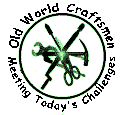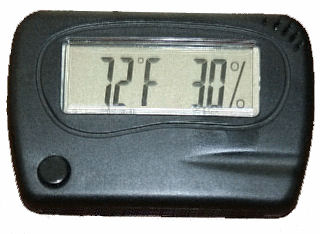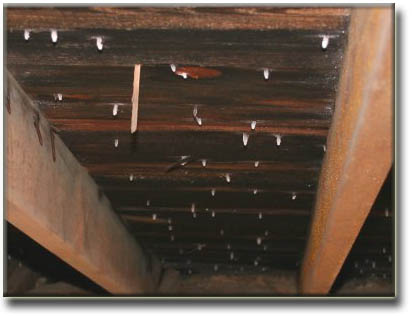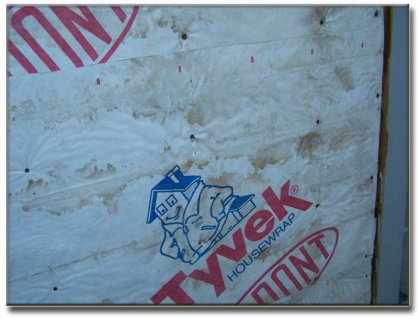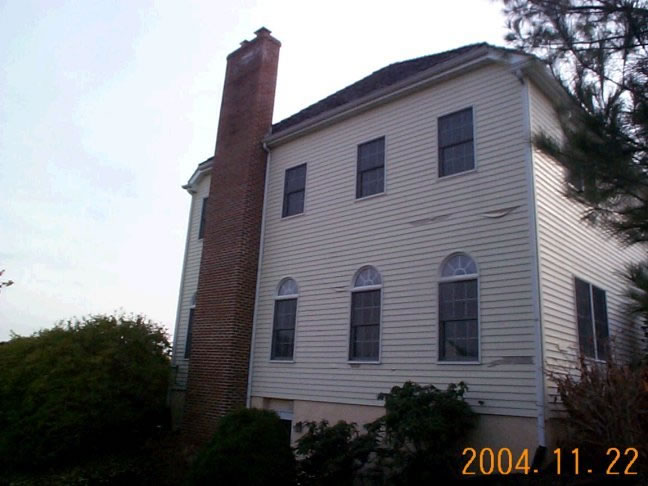The cladding trends and beliefs of the industry have championed a new idea of a permeable external water-shedding barrier. The new products meant to answer a need that is real, the rain water that collects and enters behind the siding, and while protecting the wall from precipitation collection at the 'J' Channels, also would allow water vapor to pass through to evacuate to the outside of the building. This need for a protection system (apart from standard screen wall applications) has arisen from the deficiencies of some wall systems. Sidings that employ 'J' Channels for the masking of the thermal variances (or gaps caused by shrinking in the winter and expansion in the summer) of the cladding panels have caused water to enter behind what was always considered the primary barrier, the actual siding on the wall. This reality has caused manufacturers to regroup and to refer to their cladding system as a ?supplemental rain screen.?
The release of documents to the industry that initiated requirements for significant weather barriers under the cladding that would form the ?primary rain screen,? and compensate for the inadequacies in the use of these materials called on the industry to provide for this need in order to protect the wall system. Building codes followed suit as did the industry, providing house wraps that purported to protect while allowing water vapor to escape. New ?perm? ratings were initiated for underlayments, that intended to categorize products by their ability to allow moisture vapor passage through the rated membrane.
These accepted perm ratings were accepted by the industry and buildings were ?wrapped? and cladded with the water collecting systems. The problem with this accepted systematic wrapping of the exteriors is that in some climates, the temperature variances are extreme. The very underlayment, designed not to be a vapor retarder, becomes just that. The severe temperatures of the winter months along with the heated and moisture-producing interior living areas produces and pushes water vapor outward to condense onto the backside of these ?permeable? underlayments. When the temperature drops, interior heating pressure and moisture vapor increases and the movement of air through the wall is restricted by the cold exterior. The moisture drops at the first dew point.
All this has been described here on this website on our ?Phantom Leaks? and our ?Painting? pages. It is clear that a problem exists within our industry. Tradesmen have long complained about the ?tightening? of new homes and the problems caused by an increasing energy conscious public. The answer is not to abandon the energy conserving designs, but to improve upon them.
The wrap-up mentality for the external wall envelope has been sold as an air sealing barrier. This whole idea needs to be revisited with an emphasis on the interior, rather than the exterior. Exterior water-shedding should be the job of primary external cladding and not an underlayment. The underlayment craze has now run its cycle and has been shown to be flawed, at least in the Northeast climate zone.
It is clear that water vapor will readily condense when it is pushed through a wall system in the winter months and once inhibited by an external barrier. This barrier can be in the form of a house wrap or an external paint envelope. Paint water bags have been shown to be caused by this very reality.
The use of an interior vapor retarder is often regarded as a bad practice by experts. This is not to say that these "experts" are correct. It is clear that the elements of new and superior external paints and underlayments have shown to become actual vapor retarders themselves in the climate of the Northeast. The argument against vapor retarders placed on the interior of the building and on the heated side of the insulation (in the winter) has been attacked by industry experts because of the perceived reversal of conditions in the summer months. It would seem that a reversal of the phenomena described above (when water vapor condenses toward the exterior of the wall structure in the winter) would be present on the interior of a wall system in the hot humid months. This is not the case. The pressures of the Northeast winters are never rivaled by the Northeast summer conditions in the air conditioned spaces of living areas. The argument for a vapor retarder placed on the inside of the wall, by use of either a low perm product behind the wall-board or an interior paint that forms a vapor barrier would seem prudent based upon real world data. |
